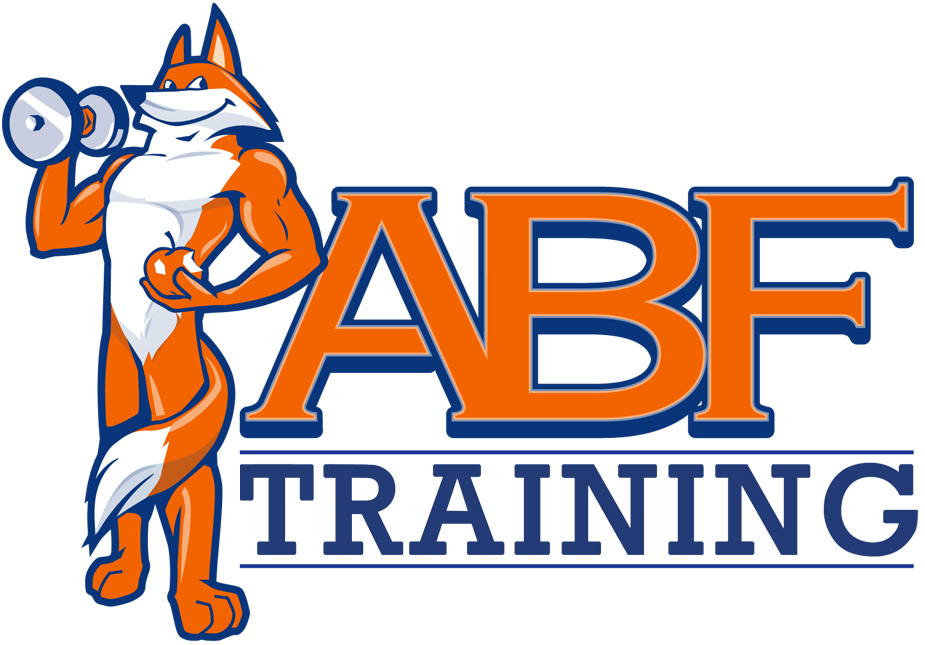Do Ladder Drills Really Make You Faster?
/(3-5 Minute Read)
For as long as I can remember, marketing companies have used the term “make you faster” or “increase your speed” when referring to ladders and ladder drills. Many times this was associated with selling a product or service. Over the past 5-10 years, more and more strength coaches have educated the public and their athletes on the true use of the ladder, however, there are still many misconceptions regarding this valuable tool.
What I Don’t Use the Ladder For:
First and foremost, I don’t use the ladder to “make my athletes faster.” No matter the marketing of the past, I never bought into this. Even with various studies years ago showing improvements in speed, I still had my doubts. With those studies, many times it lacked context and detail. What other lifts are they performing? What sprint work or plyometric work are they doing and how are those being coached?
Above all, I didn’t see the real-world results of my athletes getting faster. At the end of the day, that is what is most important. You can see all the studies in the world on specific drills or exercises working, however, if your athletes are not reaping the benefit of it, then why continue to do it?
I don’t use it for “fancy” or difficult drills to “seem” like my athletes are getting faster and quicker. YouTube “ladder drills” and you are going to be bombarded with fancy drills that companies or individuals are using to market their product and/or services. Many of these give you the false sense that if you do this your athletes will look just as athletic as they look in the videos and become more explosive and fast. While yes you can use the ladder to help your athletes become more athletic and quick/fast when combined with a good strength program (more on this below), that isn’t what the ladder is used for.
While my athletes were not getting faster, I did see many other positive results from using the ladder, which is why it has always and will continue to be a staple in our programming.
What I Love About The Ladder:
Looking back over the past decade, I don’t recall many days that we did not use the ladder with our athletes. The ladder is:
Inexpensive
Easy to Use for ALL Ages & Experience Levels
Can Take It Anywhere With Ease
Warms the Body Up/Gets the Motor Churning
A typical start to our training sessions began with the ladder outside (prior to sprint or agility work) or inside (prior to a strength session.) 5-10 simple drills with the ladder and you can be sure that your athletes will get a good sweat in. If indoors, we typically had our athletes perform the drill without shoes. I always liked this challenge for our athletes. If you have never tried it, complete a handful of ladder drills with shoes, then do the same drills without shoes… complete different experience.
As I mentioned before, I stick to 5-10 simple and basic drills. If you want to get fancy with the drills, that is completely up to you; but don’t use this as a marker of how athletic or fast your athletes are getting. Use it as a challenge or for fun. Many times we would come up with difficult or very challenging drills during specific times of our session to add some other value (team challenges, individual challenges or just a change of pace.) If they perform better over time, which they will, this is just them becoming more comfortable with the drills. Don’t read too much into it! Use it to establish a baseline of conditioning, footwork and power then build off of that foundation by programming properly to ensure they continue progressing.
Are you interested in taking your or your athlete’s game to the next level? Sign up now!






